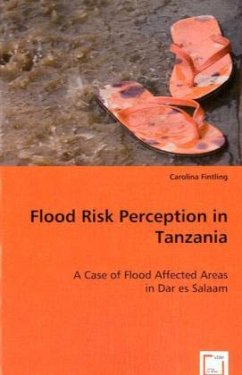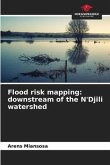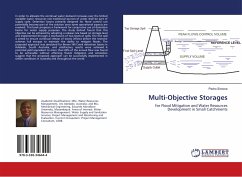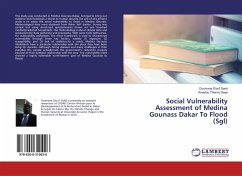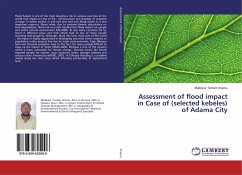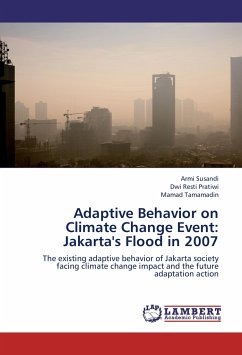Urban areas, once regarded as safe places spared from natural hazards, are now looked upon as places of risk. However the people living on hazardous land are aware of the risks and have developed strategies to cope with them. The main objective of this study is to understand and assess flood risk perception and its role in decision making and risk reducing actions taken in the relation to hazards and disasters at a household level among people living in Msimbazi Valley in Das es Salaam, Tanzania. Secondly the study aims at determine variations of perceived risks: i.e. does it differ between men and women living on the floodplain, and between the local governments? And at identifying the factors affecting the perception of risk: i.e. gender, up-grading, experience and knowledge, et cetera.
